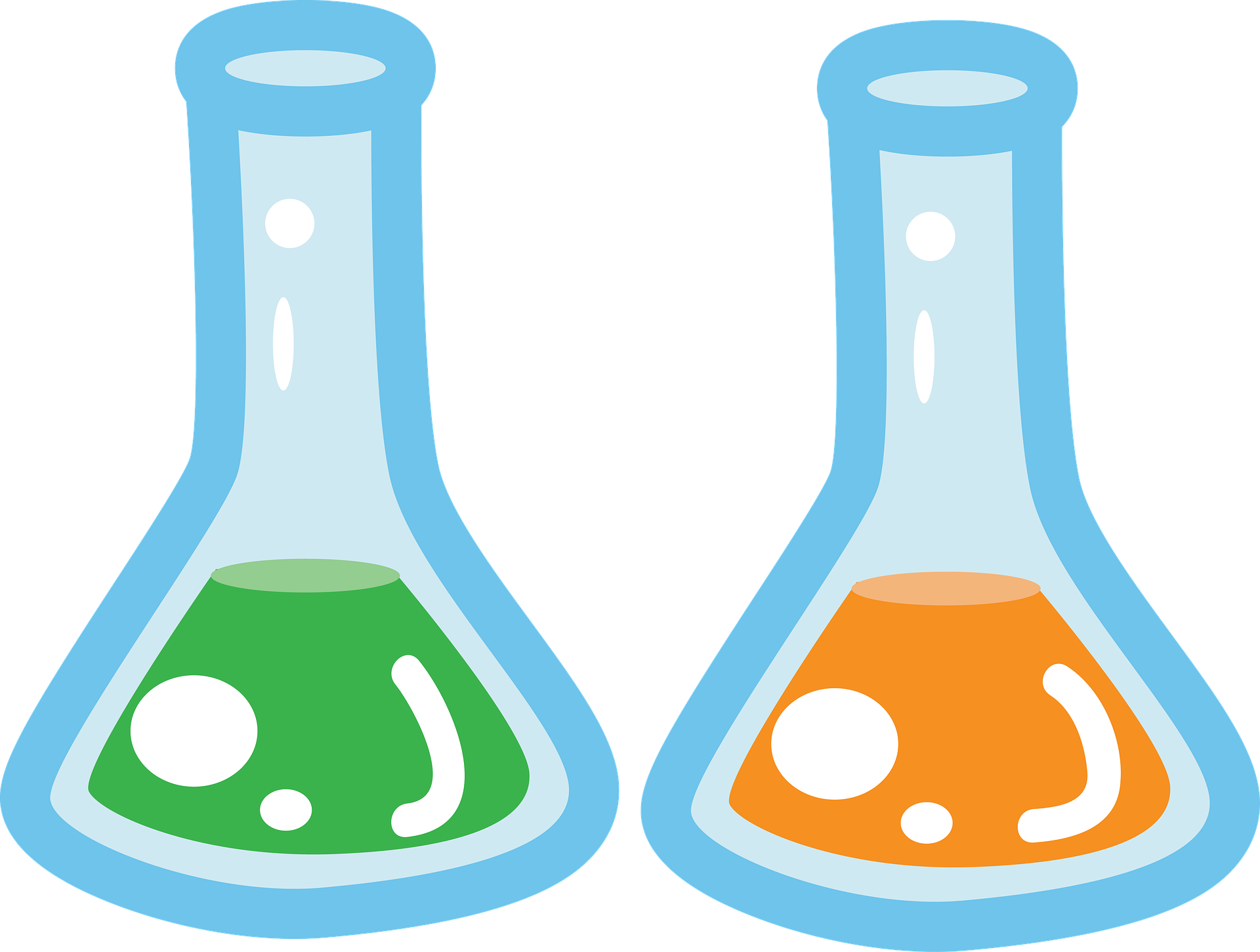Chlorine Dioxide (CLO2) is widely used to clean and disinfect water, in-room temperature, and CLO2 dissolves in water. It is an amalgamation of two oxygen atoms and one chlorine atom. Sodium chlorate is also known as sodium chlorite, usually produces chlorine dioxide gas.
The color of Chlorine Dioxide varies from yellowish-green to reddish. U.S Environmental Protection Agency (EPA), along with U.S Food and Drug Administration (FDA), stated Chlorine Dioxide more budget-friendly and powerful peracetic acid for sanitization. Many food processing plants choose Chlorine Dioxide over bromine or ammonium salts because they cause less harm to the environment compared to them.
How did Chlorine Dioxide become a popular choice for every household?
- Water Treatment: Giardia lamblia and Cryptosporidium Parvum, parasites like these two can make people sick; CLO2 kills this bacteria and virus if added to water. Environmental Protection Agency (EPA) balances the amount of Chlorine Dioxide in water by mixing not more than 0.8 parts per million of it.
- Manufacturing and Industrial use: In gas, oil, industrial, municipal, and food applications, CLO2 is officially recognized as useable.
- Paper Processing: It is chemically used in processing wood pulp for the manufacturing of paper.
- Medical Purpose: For pasteurizing bacteria like Legionella pneumophilla, which can cause Legionnaire’s disease, a life-threatening type of pneumonia, Chlorine Dioxide is used in a hospital environment. CLO2 is used in healthcare facilities to clean the surfaces, tools, and medical and laboratory equipment.
- Beverage and Food production: In poultry processing and washing fruits and vegetable, Chlorine Dioxide is used largely as an anti-microbial agent.
- Chlorine Dioxide is more effective than chlorine; it helps decrease the formation of by-products and chemical pollutions.
- At a ph between 5 and 10, Chlorine Dioxide is very effective. Normal circumstances do not help Chlorine dioxide to hydrolyze. For this reason, the potentiality of oxidation is high, and the ph does not affect the cleansing capacity of CLO2, but chlorine gets highly affected by ph.
- Effective on biofilms– CLO2 is very effective in disseminating biofilms. At the same time, it stops the formation of biofilms in the future. We all know food processing sectors have a problem of food product pollution thus Chlorine dioxide is necessary here.
- In disinfection studies, it is observed that CLO2 killed bacteria within 30 minutes. It does not add toxic deposits to the ground and breaks down quickly without harming the soil; it is more required with a less corrosive nature.
Disadvantages we should be careful about:
Explosive: Chlorine Dioxide, when it comes in contact with sunlight, decomposes, which is why it is an unstable substance. We need chlorine gas and sodium chlorite to form Chlorine Dioxide, so we must be careful while dealing with chlorine gas. A gas mask and enough ventilation are mandatory.
Byproducts: For dialysis patients, both CLO2 and its byproducts chlorate and chlorite are very hazardous.
Effectiveness: It is effective in killing pathogenic microorganisms, but still, it is not effective in killing E.coli bacteria and rotaviruses.
Cost: Though it is less expensive than other disinfecting methods like ozone, CLO2 is 10 times more costly than chlorine.
If absorbed by the skin, it can cause damages to the blood and cells of an individual. Blurry sights and irritation are possible if eyes come in contact with Chlorine Dioxide. It may cause severe headaches, bronchitis, sore throat, bronchia spasm.
How you can store Chlorine Dioxide:
To keep Chlorine Dioxide stable, you need to store them at 4 degrees Celsius in a liquid form. As it gets easily segregated to oxygen and chlorine, you cannot keep it stored for a very long period.CLO2 is explosive under pressure, so you cannot store it as a gas. The water solution is perfect for keeping Chlorine Dioxide soluble and stable. For safe storage, a water solution containing 1 percent of CLO2 and no interference from heat and light is perfect. They are mainly manufactured on-site as they are explosive.
Denouement: The bigger picture is another disinfectant is more harmful than chlorine dioxide, thus making it more fundamental in creating germicide bactericide. Nowadays, CLO2 is the most highly recommended disinfectant of water. Holzhauer says Chlorine dioxide got a wide frequency of uses, making it firepower, safe, and economical for the environment.












